Municipal Council Could Protect our Woodland if They Wished
It’s not exactly a local badge of honor for Chatham-Kent that people traveling along the 401 between Tilbury and Highgate are in the middle of the single most deforested municipality in all of Ontario. Today, less than 4% of Chatham-Kent’s 2,458 square kilometers is covered in trees. Most of that 4% is composed of the remnants of an old Carolinian Forest along the Northern shore of Lake Erie which includes Rondeau Provincial Park. The rest is scattered across the municipality in random, unconnected woodlots.
Officially, the Municipality of Chatham-Kent states that “Forest cover in Chatham-Kent is a benefit and a responsibility of the community as a whole.” Following the maxim of “it’s not what you say, it’s what you do” it would seem that this policy statement is essentially a lie. If forest cover benefits the whole community and is the responsibility of the whole community, then why does Council, municipal staff, and the LTVCA continue to allow the decision to destroy woodlands and wetlands to be taken by singular individuals who just happen to own the land?
As far back as 2005, it was the stated goal of the Municipality to get back to at least 10% tree cover. 10% is the amount, acknowledged worldwide, as the minimum needed, for a healthy environment. Council last attempted to tackle this issue in 2013-14 when the significant and quick rise in corn prices led a few farmers with woodlots to begin knocking them down in order to put more land into agricultural use. A group of concerned citizens saw this and asked that a by-law be created to restrict what they believed to be unprecedented destruction of forested areas.
The debate was quickly framed, publicly, as a property rights argument. Some who owned woodlots argued that it was their land and they should be able to use it as they please. They also argued that any forestry by-laws would be unfairly targeted only at them, and would likely have little application in urban settings. In the end, upon recommendation from Municipal staff, Council chose to put Chatham-Kent firmly in the municipal minority across Ontario by not passing any sort of tree cutting by-law.
Instead, Municipal staff developed, and Council accepted a “Chatham-Kent Natural Heritage Implementation Strategy.” This is a largely toothless policy that hopes to coax people into preserving the remaining woodlands. The largest benefit of the strategy lies in the fact that it publicly states the direction that the Municipality says it wants to go. It also emphasizes education, grants, and greening partnerships to achieve its goals.
This gentle pushing and encouragement of people to act responsibly were done in the hopes that no one would have to get into the enforcement business. It is always better to have people willing to comply than to have to enact a law. However, this approach has failed and it is now the duty of our elected officials to put something with teeth into place in order to protect the best long-term interests of our community.
Most woodlots are not protected in any legal sense and are simply designated as agricultural lands. Within the borders of Chatham-Kent, knocking down a stand of 100-year-old trees and associated established habitats is the legal equivalent of changing crops from corn to soybeans from one year to the next. Clearly, however, the destruction of woodland has impacts on erosion, pollution, and habitat and is not as innocuous as simply planting a different crop.
Wetlands, in general, are required to have studies done to ensure they will not be negatively impacted by encroaching development. However, only certain wetlands, those that are deemed to be Provincially Significant, are afforded any real protection under the law. These are identified by the province and where they exist are protected with a 120-meter exclusion zone where no alterations to the land are allowed.
Map of Southern Ontario showing tree cover percentage by watershed. Taken from Back to Basics 2018 Environmental Protection Report issued by the Environmental Commissioner of Ontario
Map showing the area of woodlot removed in Duart area. Anything in Blue is provincially protected and not allowed to be removed. Area highlighted in dark blue outline was removed by the property owner
The sad reality is that there is nothing stopping a landowner from knocking down a woodlot or encroaching on a wetland area. In January a landowner near Duart was seen to be knocking down trees within the exclusion zone around a Provincially Significant Wetland. He was reported and investigated. The results of a violation can range from a stern talking to and some education from the LTVCA up to a fine. The reality is, the damage is done, the landowners got what they wanted, even if it costs them a bit more, and the wetland area is permanently diminished.
Council Can No Longer Ignore the Danger to the Woodland
The public has no recourse and the people in charge of protecting our natural heritage have zero accountability and very little desire, it seems, to provide even minimal enforcement. The Province has made clear that rules and enforcement are to be done through local municipalities and local conservation authorities. The LTVCA website doesn’t even have a section on how to report violations or concerns. No one is clearly listed as the point of contact for woodland or wetland issues. Enforcement is barely even mentioned as one of their powers and duties. Callers to the provincial ministry are referred back to the Municipality. Locally, no one wants to hold this hot potato while our remaining woodlots face the bulldozers. This is not the intent of our Natural Heritage Strategy, is it?
While Council would likely not have the political will to tackle a tree-cutting by-law again, there is a middle way through this. Recently a movement to have 2 hectare and larger woodlots and wetlands rezoned into a unique designation have gained some momentum. The idea here is not to have a draconian restriction or blanket ban on the use of these areas, but to create a process where the public has a say in the use of the land, through the zoning process while an elected body ultimately is held accountable for what happens on these special and rare parcels of land.
In order to proceed with clearing their land, landowners would likely have to have a study done to make sure that significant habitat and species would not be affected. Citizens concerned about the diminishing proportion of forested areas would have the opportunity to publicly comment, and the ultimate accountability would rest with the people elected to make these decisions. If public opinion determined that those elected were too strict or too lenient, elections provide a way to mitigate any elective body’s influence over time. The power to destroy would no longer rest solely with one individual without real consequences.
The concept that certain natural, heritage, and cultural areas are more important than property rights is written firmly into Ontario’s laws. People throughout our municipality are subject to laws that require building permits to make improvements on their own property or even require that they receive changes in zoning from Council. Built into this system of bureaucracy is the concept that someone needs to check to make sure no damage is being done to the environment or infrastructure and that the good of the general public is being protected as well.
To underscore this, recently there was an online petition with a stated goal of bringing before Council as many names as possible who were against a rezoning that would prevent a property owner from converting a large single-family dwelling into apartments along Charing Cross Road, just south of Chatham. The argument goes that apartments don’t really fit into the neighborhood and rezoning would alter one of Chatham’s distinctive homes.
Similarly, creating a special zoning designation for woodlots and separating them from generic “agricultural lands” would allow a process to happen where people would be able to take into account the larger impact to the “Natural Heritage” that the changes would make– changes that would be environmentally important and permanent. Special zoning and permitting designations also allow for specific penalties for those who violate them.
Why should Council open up this can of worms again? Simply put, they need to address it because the strategy in place today does not work. Council cared enough about the local environment to declare a climate change emergency in the summer of 2019. Protecting the remaining woodlots and wetlands is very much in the spirit of such decrees.
Municipal Council also has the duty to protect these natural areas. The Province of Ontario, through the Municipal Act and other laws, empowers local municipalities and conservation authorities with the ability and duty to follow and enforce provincial guidelines for forestry and wetland management. In Ontario, it is assumed that policing and enforcement of natural heritage areas will primarily be a local matter.
Why is protecting what little remains of our natural areas important? Woodlands and wetlands affect our climate, our mental health, and have a positive impact on economic development by creating appealing communities for new workers and businesses to move into. Trees cool and filter pollutants from the air. Wetlands capture pollutants as well and work to refill aquifers. They both work to help manage flood waters and soil erosion while sequestering carbon. They provide habitat for pollinators and predator species that feed on rodents and insects. In short, they provide a significant contribution to a healthy local climate.
You Can’t Just Simply Plant More Trees
Part of the challenge in bringing attention to this issue comes from the fact that the loss of our remaining woodland does not usually happen in large chunks. Woodlots are often cut back in small bits, a little at a time, over years. The fact is, most agricultural landowners in Chatham-Kent no longer have significant woodlots left on their property. This makes what remains that much more important and a new zoning regulation that much less intrusive.
Currently, our Municipality and the LTVCA seem to be engaged in a misleading propaganda campaign touting initiatives to work with landowners to plant new trees. These newly planted areas are included in tree cover assessments with the same weight as established older forest areas which have a much more diverse and rich structure. 200 acres of new young trees on sterile ground can’t replicate 200 acres of mature forest.
These newly planted trees also exist only so long as the current landowners wish to have them. Newly planted tree lots in rural areas tend to only last 30-50 years before someone chooses to remove them.
A forest takes hundreds of years to mature; to develop the balance of fungi, flora, and fauna which truly defines a forest. Newly planted stands are a great start but a poor substitute. Those who equate them with the same value of older forests are being dishonest. That false narrative is enabled when the media and government only highlight the tree plantings while ignoring the destruction that goes on at the same time.
One of the ways the current strategy could be used in concert with a new zoning designation to make meaningful progress is by encouraging the connection of parcels of existing woodland. Corridors for wildlife could easily be established by requiring each stream and drain to be forested in a band 5 to 10 meters wide along one bank. This would help in flood prevention, would cool the waters flowing into rivers and lakes, and would help absorb fertilizer runoff before it reaches the great lakes. All of which are goals in managing Chatham-Kent’s watershed. Drain maintenance could still be performed from the unwooded bank all while increasing the percentage of tree cover in a meaningful way.
Just because there is no current outcry or heavy public pressure is not an excuse for the current Council to click the ignore button. Woodlot destruction is happening in Chatham-Kent at the present time. The Chatham-Kent Natural Heritage Implementation Strategy has been in place long enough for the concurrent decrease in woodland to prove it has failed. Our woodland and wetland areas are continuously in peril by the whims of a landowner, even though our Municipality states that natural areas exist for all of Chatham Kent.
It is time for the Municipal Council to step up and put an end to the reckless destruction of a very finite and irreplaceable resource. They can do this by simply requiring landowners to go through a permitting and rezoning process for the use of woodlots similar to one that anyone else would be subject to for property improvements. This new zoning policy should be combined with a continuation of funding for greening initiatives. Consequences with teeth need to be put into place and conservation officers expected to investigate and levy penalties on those who circumvent the process.
Less than 3.6% forest cover is low enough. Nearly 60% of Chatham-Kent’s population lives in four small cities with less accessible woodland than the GTA. We are blessed with some of the most fertile agricultural land in the world, but that does not mean as a community we have to put every last centimeter into production. There is value in protecting what we have left and working to reconnect those fragments of woodland to each other.
If not now, then when? If nothing changes, there soon won’t be anything left to protect.
If you would like to contact your municipal councilors about this issue, you can find their contact information: CK Council Members
If you have concerns about wetlands or woodlots near you the Chief Administrative Officer at the LTVCA is Mark Peacock. His phone number is 519-354-7310 ext. 224 and his email is mark.peacock@ltvca.ca
Special thank you to @ckwoodlotpreservation on Face book for the use of their photos.
Thank you also to Ken Bell for answering questions and clarifying this complex issue.
Feature image photo from Pexels.com

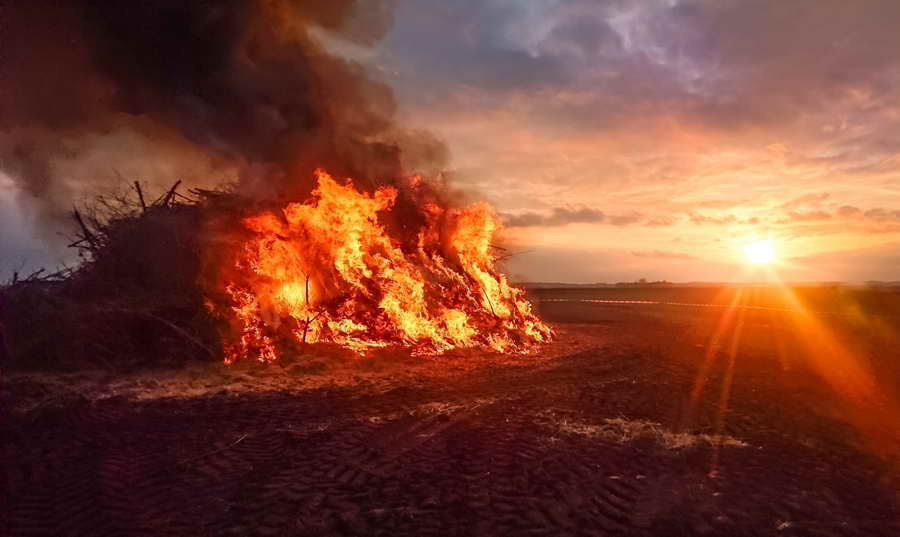
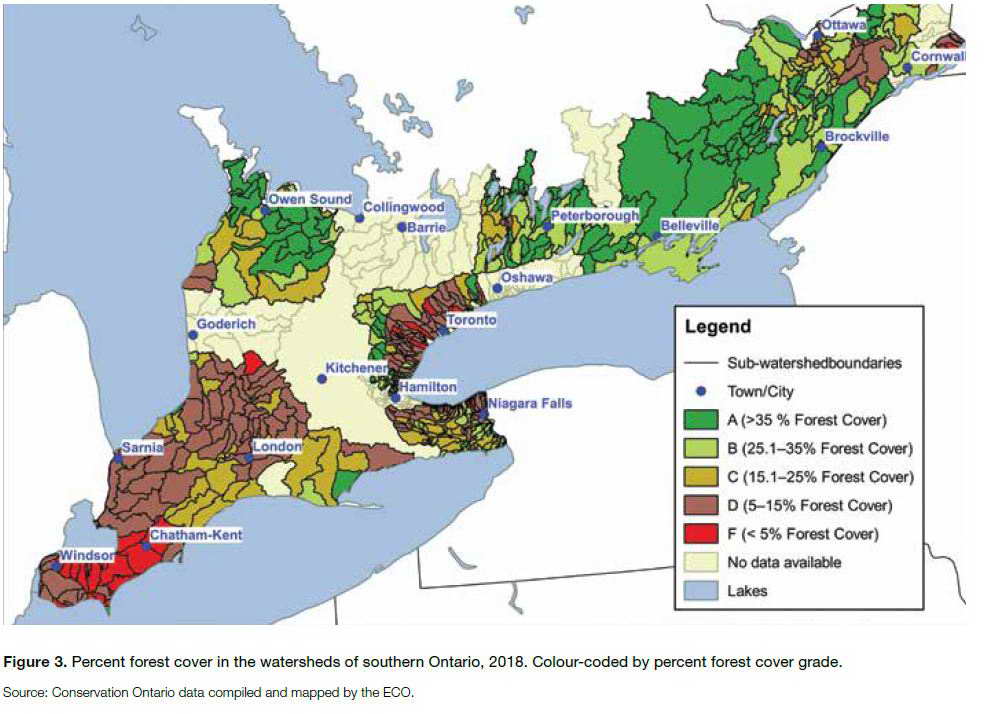
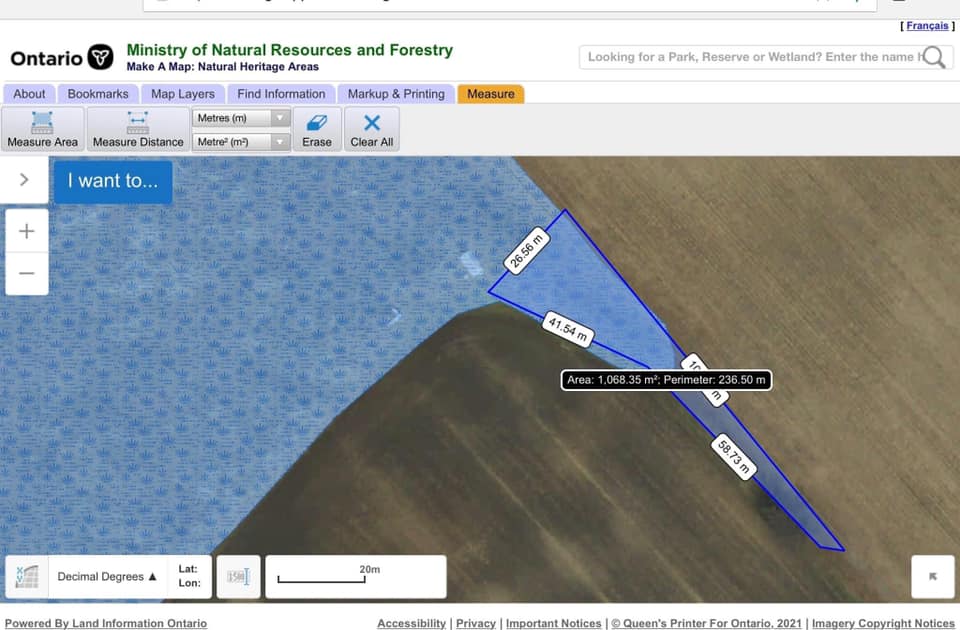

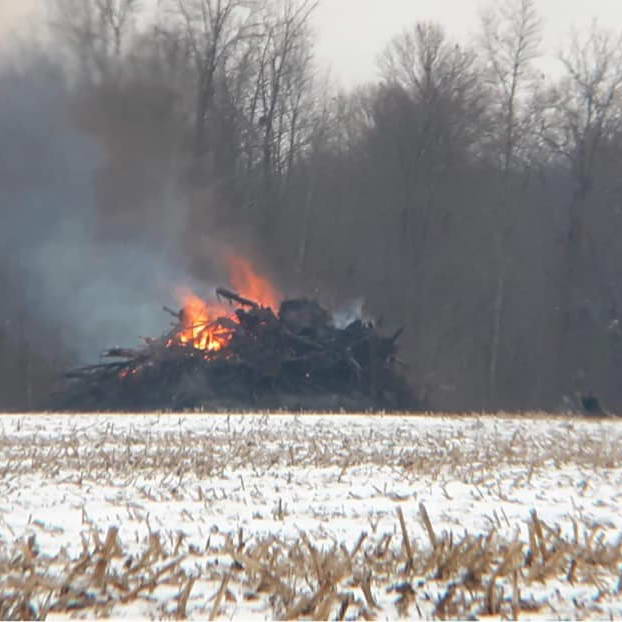

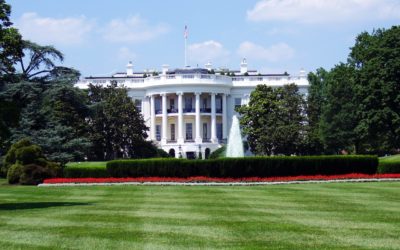

What a perfect summary of what we are experiencing here in East Kent. Thank you
Very well put. Thank you for your research and your ability to explain it so completely.
A great primer for anyone wanting to now the crux of the issue.